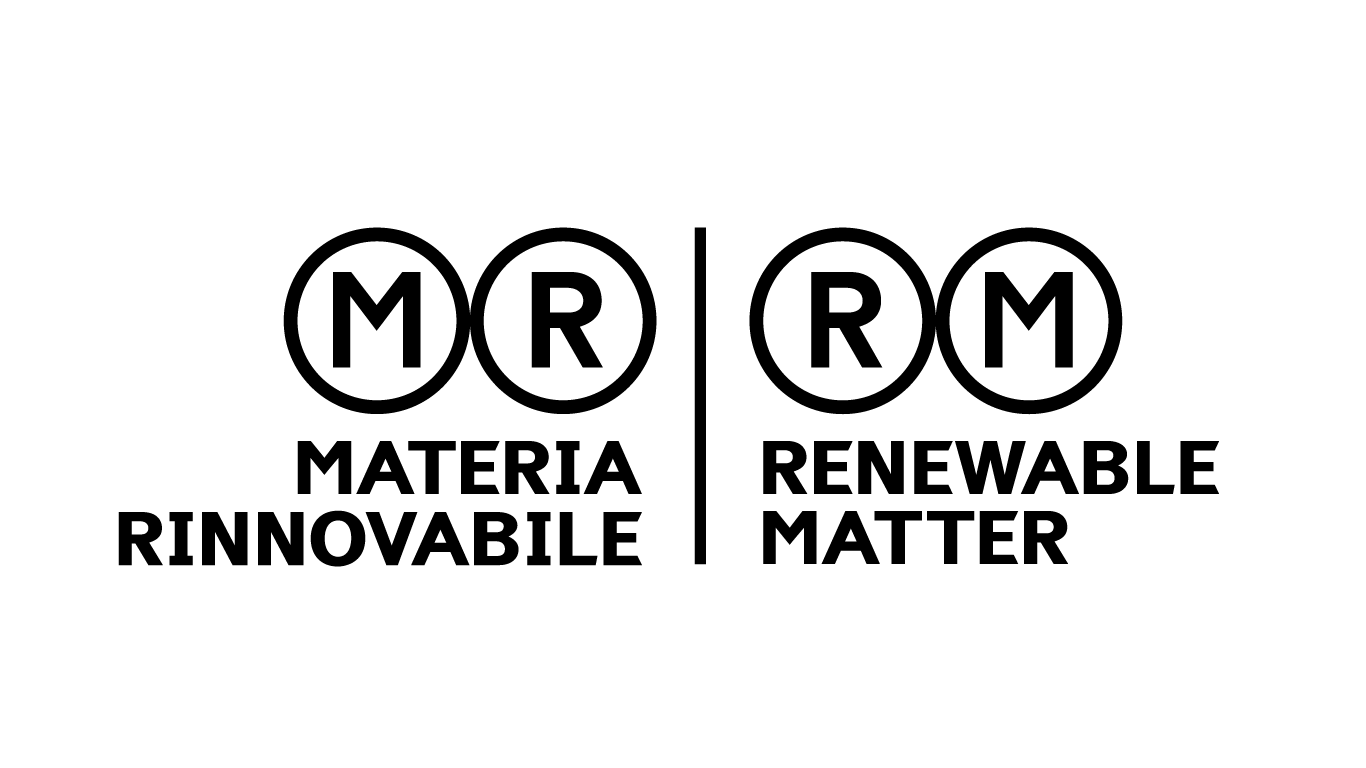This article is also available in Italian / Questo articolo è disponibile anche in italiano
China is close, wallet in hand. After seven years of steady contraction, Chinese investment in Europe is once again growing, with 10 billion euros committed to new projects in 2024. This is according to the latest report from the Mercator Institute for China Studies (MERICS), produced in collaboration with the Rhodium Group.
According to analysts from the German think tank, Chinese foreign direct investment (FDI) in the European Union and the United Kingdom increased by 47% in 2024, compared to the historic low reached in 2023. While 10 billion may not compare to the 50 billion peak recorded in 2016, it does represent the first significant upturn since that year.
Fuelling the rebound, in addition to several major acquisitions across various sectors (Tencent in video games in Poland, Haier in refrigeration in the Netherlands, and AAC in acoustic technology in Belgium), are greenfield investments, namely the construction of new plants and factories, which reached an all-time high of 5.9 billion euros. In particular, projects linked to the electric vehicle sector dominate the trend, with one recipient country emerging as a new hub for the Chinese EV industry in Europe: Hungary.
How the geography of Chinese investment is changing
It is not only investment in Europe that has been on the rise: after a period of relative retreat to the domestic market, Chinese investors have, over the past year, resumed their search for opportunities abroad. According to data from the Rhodium Group, Chinese FDI reached 52 billion euros in 2024, despite a rather uncertain financial landscape. The reasons lie partly in the need to diversify supply chains, both to shield against geopolitical volatility and tariffs, and in the growing competitiveness of Chinese technology firms, particularly in the clean-tech sector.
What has changed quite significantly compared with a few years ago is the geography of this investment. Whereas up to 2017–18, the majority of Chinese FDI was directed towards developed economies, the trend has now reversed: 64% of investment is going to emerging markets, especially in Asia (32%). At the same time, Chinese money going into US-based projects continues to fall steadily, now making up just 4% of the country’s total outward FDI, around 2 billion euros.
By contrast, financial flows from China to Europe are picking up again, though the destinations are shifting. While in the last decade most of it ended up in Germany, France, and the United Kingdom (the Big Three, as analysts call them), now it is Eastern Europe that is attracting Chinese capital, particularly Hungary, which in 2024 attracted 31% of all new investments.
Electric vehicles lead the way, with CATL as the top investor
It hardly needs saying: the automotive sector is the dominant force, accounting for more than half (5.2 billion euros) of all Chinese FDI in Europe in 2024. Of this, 4.9 billion went into greenfield projects tied to the electric vehicle sector, which now represents 83% of all Chinese investment in the construction of new facilities on European soil. Of the ten largest investments of 2024, seven are projects linked to EVs, primarily battery gigafactories, with 62% of them located in Hungary, followed by Germany, Slovakia, and France.
While the EV sector appears to be enjoying a golden moment, it’s worth noting that the past year also saw a 79% drop in the number of new Chinese electric vehicle projects announced. For example, plans for two battery plants by Svolt Energy in Germany and Nuode in Belgium were scrapped, while the Swedish government has blocked the construction of an anode factory by the Shanghai-based company Putailai. Still, the wheel does not stop: there are already several multi-billion projects in the pipeline for the near future that have only been announced so far, such as CATL's new 7.3 billion euro gigafactory, which will also be built in Hungary.
Chinese capital in Europe is now following a clear trajectory, one that’s also reflected in the names of the companies. Of the top five Chinese investors, only Tencent, the digital economy giant, operates outside the EV ecosystem. The other four — CATL, Gotion, Envision, and Geely — are all major battery manufacturers. CATL, in particular, has been the leading Chinese investor in Europe for five consecutive years, accounting for 16% of all Chinese FDI on the continent in 2024.
The trend, according to the Mercator Institute report, is towards a concentration of a few large Chinese companies, which will consolidate their presence in Europe by expanding with new plants even in the most western countries (and projects have already been announced in Spain and Portugal).
Chinese factories and local impact
The fact that the recovery in Chinese investment is being driven primarily by greenfield projects should, in theory, mean significant spillover effects for the European economy, job creation for local workers, and opportunities for technology transfer. But on these points, Brussels remains cautious.
Many EU member states, the MERICS analysts note, are concerned that “Chinese EV investments may primarily consist of mere assembly operations aimed at circumventing trade barriers, and/or producing limited local value add.” Supporting this view are data from the early stages of construction at BYD and CATL facilities in Europe, which show that the two companies imported raw materials and components from China; however, this trend was also seen with Tesla in Germany.
Some case studies, however, suggest that this dependence on Chinese inputs tends to decline over time. At CATL’s German facility, for instance, the proportion of Chinese staff has dropped from 50% to 23% over two years (a period used to train local personnel), while BYD is said to have already signed agreements with several European suppliers and partners for its factories.
According to researchers, this is a standard feature of the automotive industry, rather than a “Chinese problem” as such, stemming from the lack of qualified technical staff on the ground and the initial need to bring in technology and know-how from headquarters.
Looking ahead
Forecasting the future in today’s climate of extraordinary geopolitical uncertainty is far from straightforward. Nonetheless, the MERICS report makes one relatively confident prediction: Chinese investment in Europe’s EV sector is likely to lose momentum in the near future. Given that the current growth is being driven by the construction of new plants, this is to be expected. Moreover, it seems increasingly likely that demand for electric vehicles in Europe will fall short of expectations.
What remains unclear is which sector might take the EV industry’s place at the centre of Chinese investors’ attention. Currently, media and information technology is the second most significant area, but renewable energy, particularly wind and hydrogen, could emerge in the future.
In 2024, a dozen Chinese renewable energy projects were announced, which are modest for now (apart from Envision's 900 million euro electrolyser plant in Spain), but they have not yet been launched and will still have to deal with growing concerns over the security implications of the technologies involved, which have recently been troubling European lawmakers.
These concerns, reflected in tighter regulations and screening mechanisms for Chinese FDI, combined with the shifting EU-China relationship, unpredictable US tariff policy, and the challenging economic situation in the People's Republic itself, make up the terms of a very complex equation which, at present, does not yield a clear result on the future of Chinese investment in Europe. If 2025 is likely to confirm the current upward trend, what comes after remains an open question.
Cover: Envato image



